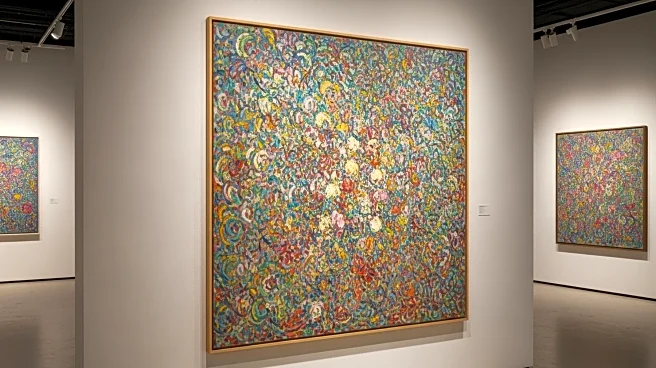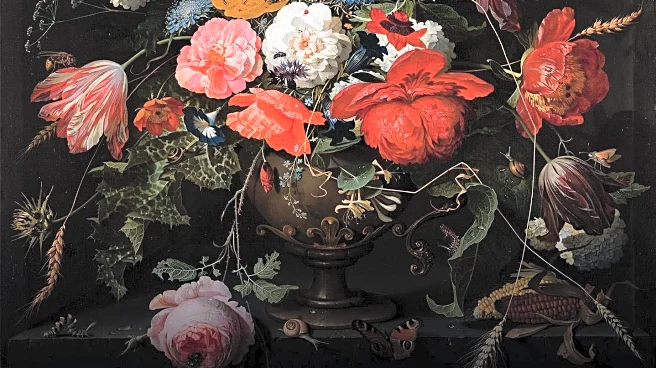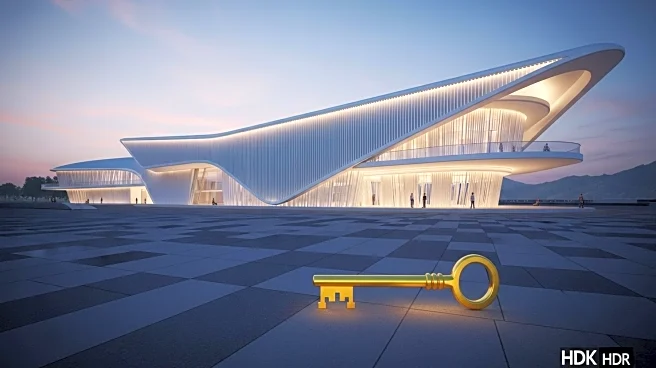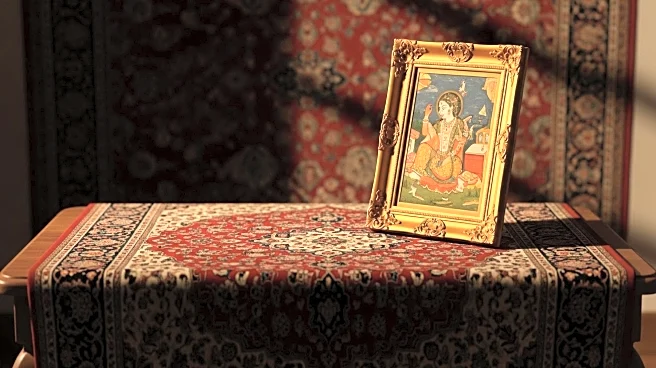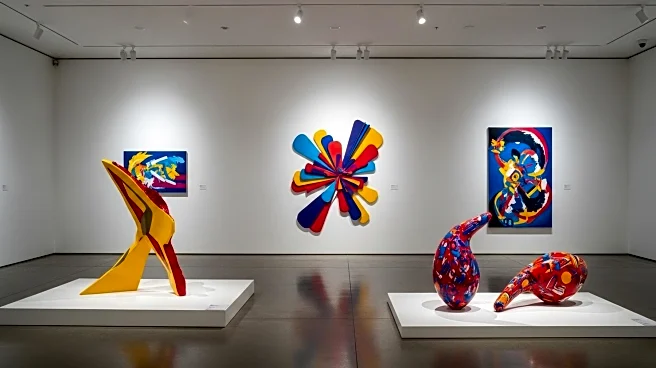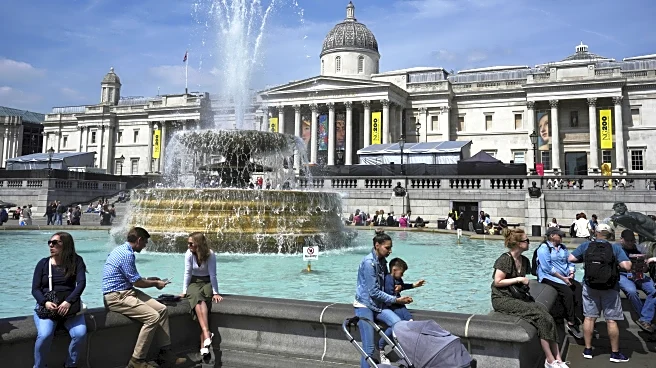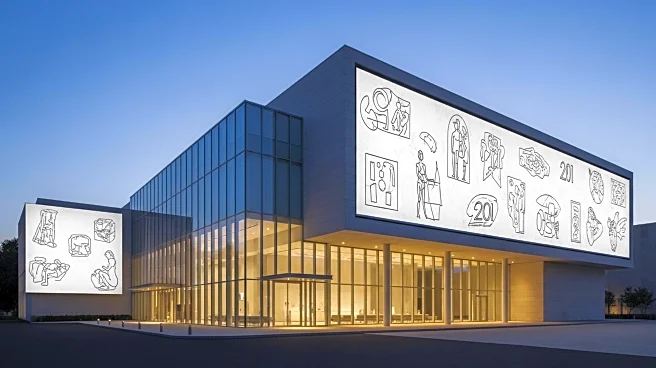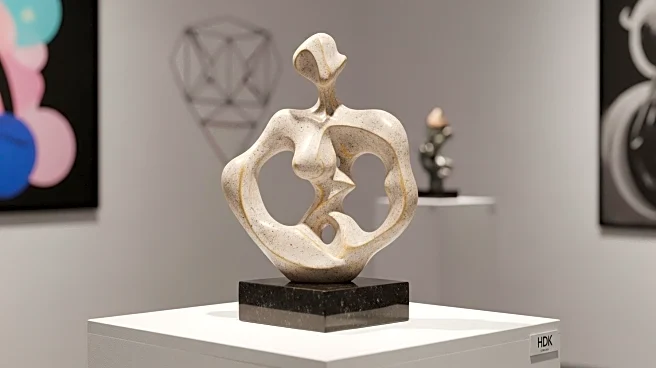What's Happening?
Helene Kröller-Müller, a prominent art collector, is known for her extensive collection of Neo-Impressionist and Modern art, including works by Van Gogh, Seurat, and Mondrian. Her collection, housed at the Kröller-Müller Museum in the Netherlands, is now featured in a new exhibition at the National Gallery in London titled 'Radical Harmony: Helene Kröller-Müller’s Neo-Impressionists'. The exhibition showcases the evolution of experimental artists from the late 19th century, highlighting their impact on Modern art. It includes notable works such as Seurat's 'Le Chahut' and Van Gogh's 'The Sower', alongside pieces by lesser-known artists whose careers Kröller-Müller helped establish.
Why It's Important?
The exhibition underscores Kröller-Müller's role in shaping the art world by recognizing and supporting avant-garde artists. Her collection provides insight into the development of Modern art and the transition from Impressionism to Neo-Impressionism. By bringing these works to London, the exhibition offers a unique opportunity for audiences to engage with influential art movements and understand their historical context. It also highlights the importance of art philanthropy and the lasting impact of collectors in preserving and promoting cultural heritage.
What's Next?
The exhibition will run until February 8, 2026, allowing ample time for art enthusiasts and scholars to explore the collection. The National Gallery may host related events and discussions to further delve into the themes presented in the exhibition. The success of the exhibition could encourage similar collaborations between international museums, fostering cultural exchange and expanding access to significant art collections.
Beyond the Headlines
Kröller-Müller's approach to collecting and her influence on the art world raise questions about the role of collectors in shaping artistic trends and the ethical considerations of art ownership. Her pioneering efforts in establishing a modern art museum and her vision for a 'white cube' gallery aesthetic reflect broader shifts in the presentation and perception of art.
